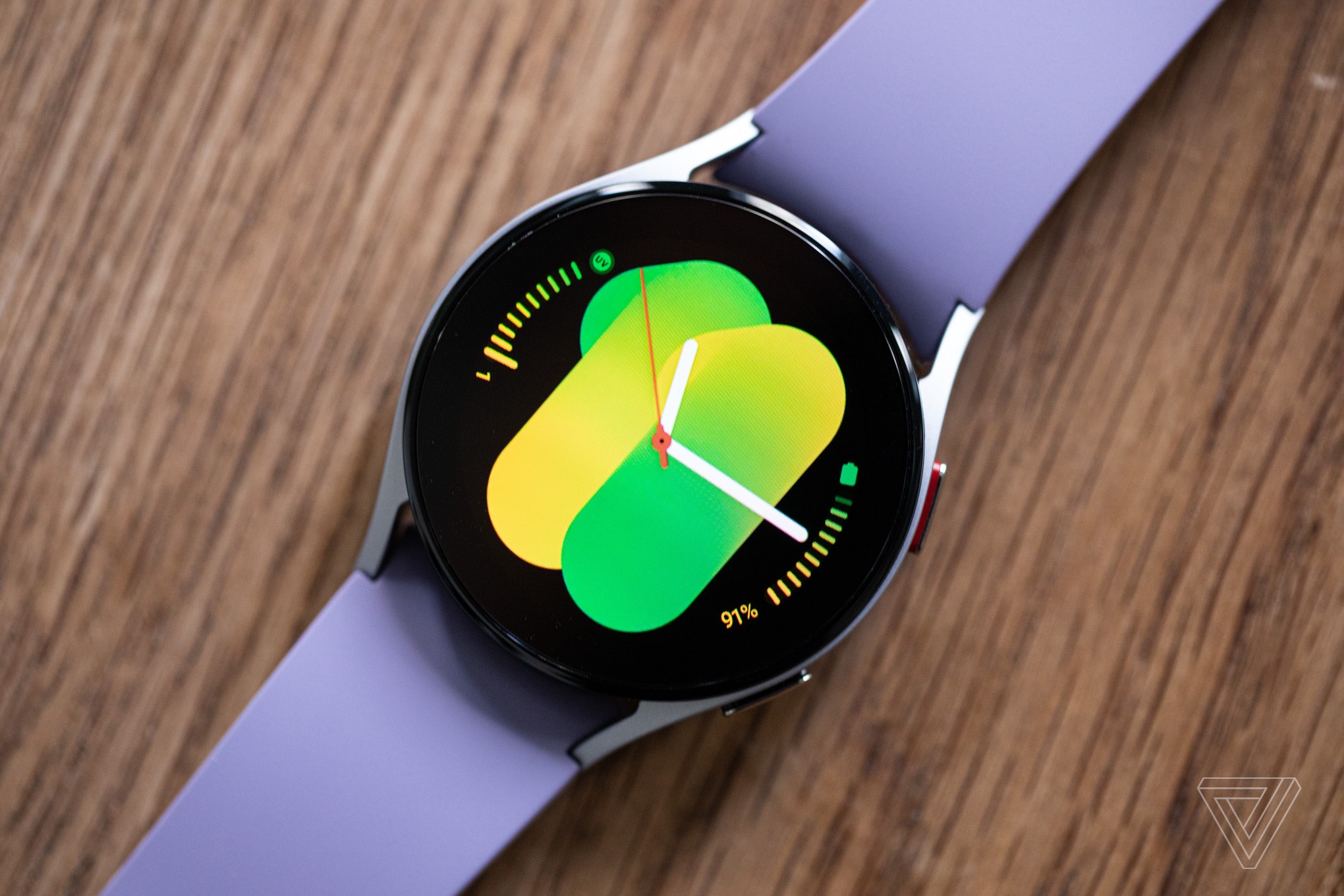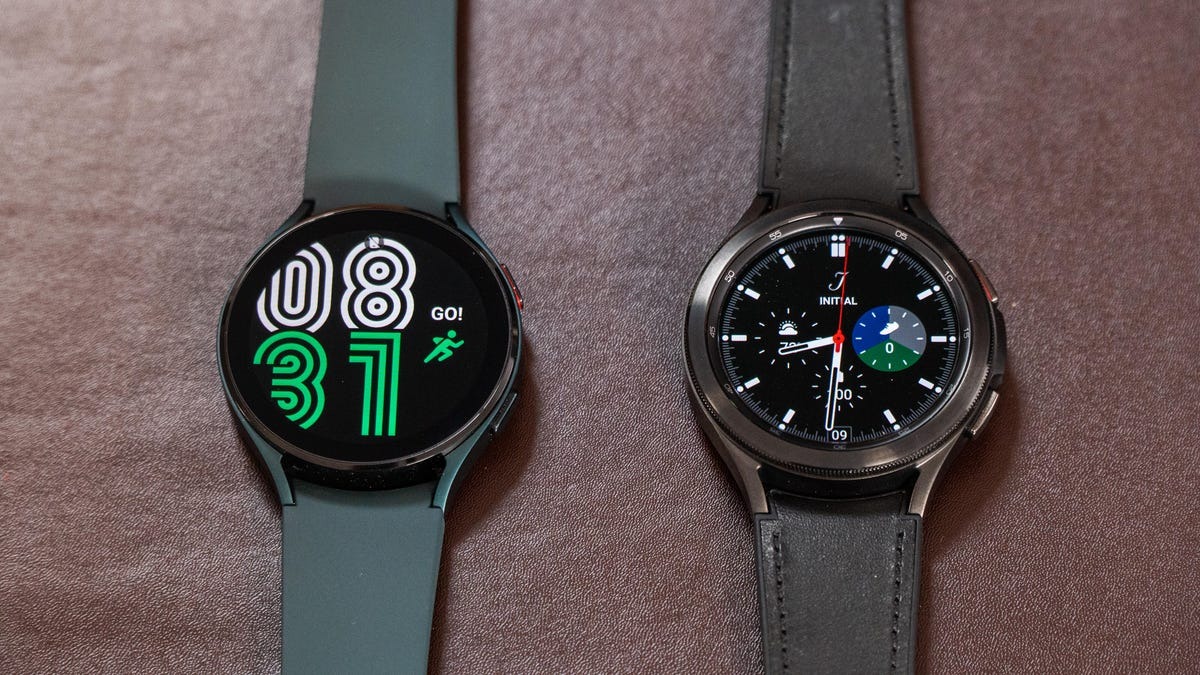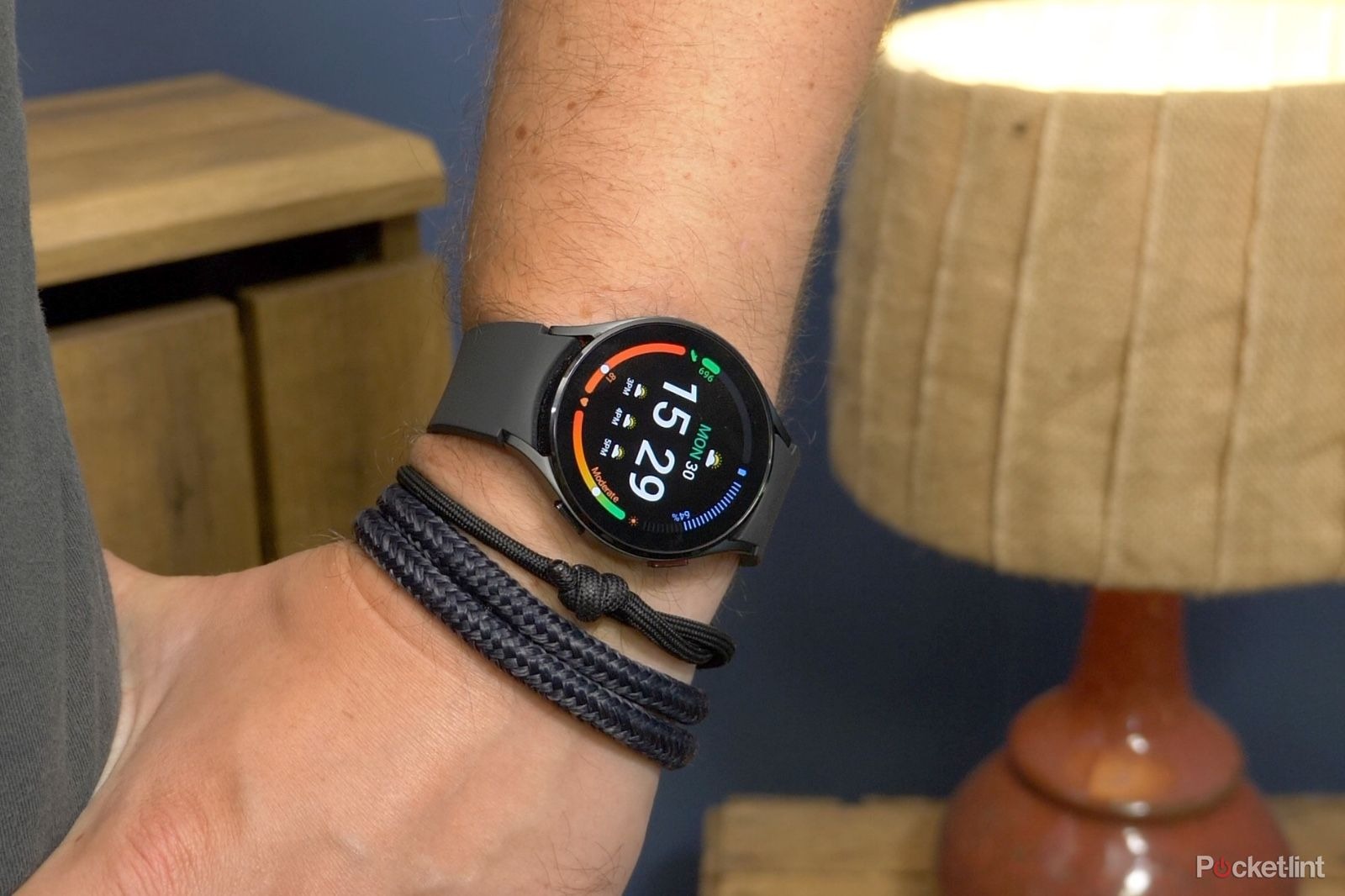When Google and Samsung announced that they had teamed up on the recent version of Wear OS, many hoped that it would finally bring a smartwatch for Android users that would compete with the Apple Watch. With Google’s relatively robust third-party app library and Samsung’s intuitive interface, the platform was promising. The Galaxy Watch 4 and the Watch 4 Classic are the first devices with the new “Wear OS ” from Samsung.”
However, the software is not the only fascinating new feature. Samsung has also upgraded biometric sensors to offer, among other things, a body composition scanner and improved sleep tracking. Add new 5nm processors and sharper displays, and the Watch 4 series looks like a meaty update. Has the Apple Watch finally met its match? Probably not, but we can hope.
Before going too far, it is worth noting that, in addition to the classic with a body rotating bezel and a stainless steel matter, there are no significant differences in the middle the two Watch 4 models. They have the same improved sensors, batteries and screen sizes, so most of what I will cover in this review applies to both models, unless I specified otherwise.

Wear OS and a user interface
Let’s start with the most fascinating change in both watches: Wear OS. Honestly, if I hadn’t known that the Watch 4 was using a brand new operating system, I might have just assumed that it was a small Tizen update. You still slide to the side or rotate the Classic’s body bezel to scroll through all your widgets and use the touch ring around the standard Watch 4’s screen. But instead of all apps being one of the right sides, they are now under the home screen. There is also a customizable quick settings panel above the main page.
Of course, the dead gift that something else is happening here is that now you can download apps from the Play Store right from your wrist. A section of the Play Store shows all the apps on your phone with wear counterparts, and I added Telegram and Spotify from this page without any problems. This seamless installation of the apps that are already on your phone on your watch is one of the features that Samsung has enabled for the one UI software. I expected that they would automatically appear on the watch without me doing any work, but I think this way you decide what you want to have on your wrist.

A user interface also allows you to synchronize the settings of your watch and phone, so that when you enable “do not disturb”, they are also activated. When you play a song on your phone, I want a media controller to be displayed on the phone. However, these only work with Samsung phones, so if you are using another Android device, this does not apply. Oh, and while we’re at it, the Watch 4 series, unlike its predecessors, does not work with iOS. However, if you are an iPhone owner, you probably didn’t consider an Android watch at first.
One last thing Samsung added via a user interface: gesture control. In theory, you can answer or reject calls by skimming your wrist or lifting your arm. I turned on the setting and was able to answer a call by raising my wrist as instructed, but to refuse them by twisting my fist did not work. This could potentially make it easier to operate the watch with one hand or when I have my arms full, but they are not working very well at the moment and are limited to answering calls or messages.

New sensor and new functions
In addition to brand new (but well-known) software, the Watch 4 series also received a serious hardware upgrade. Samsung has used a new biometric 3-in-1 sensor, which should not only allow faster and more consistent readings, but also allow bioelectric impedance analysis (BIA) to offer body mass scans.
The watch first asks for basic information such as gender, age and weight. Then you will be asked to put your middle and ring finger on the two catchs on the edge. It will also ask you to stay still and lift your arms away from your body during the scan, which takes about 15 seconds. Once this is done, the system will spit out a full aeration of your body, showing how many weight of water, fat and skeletal mass it has detected.



